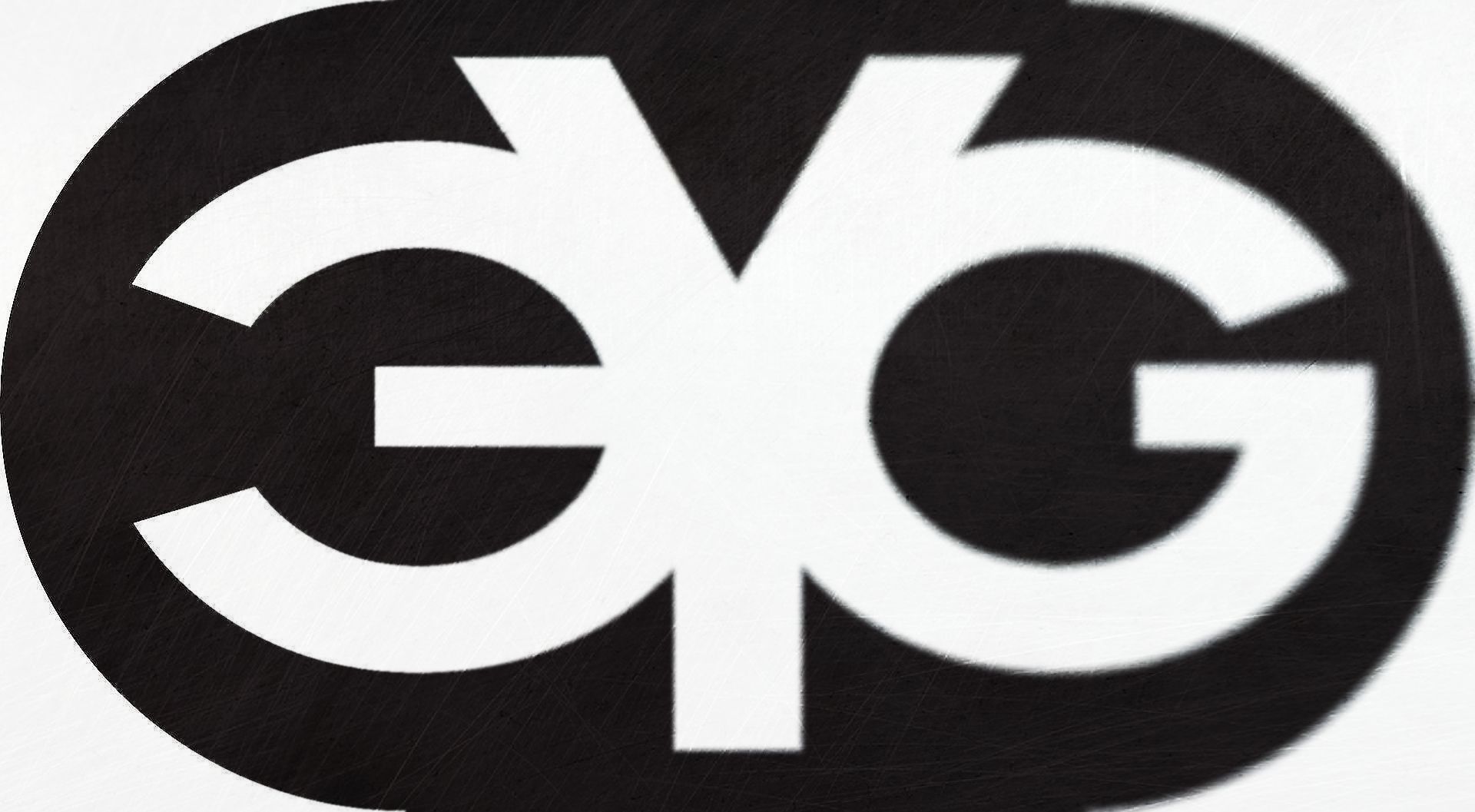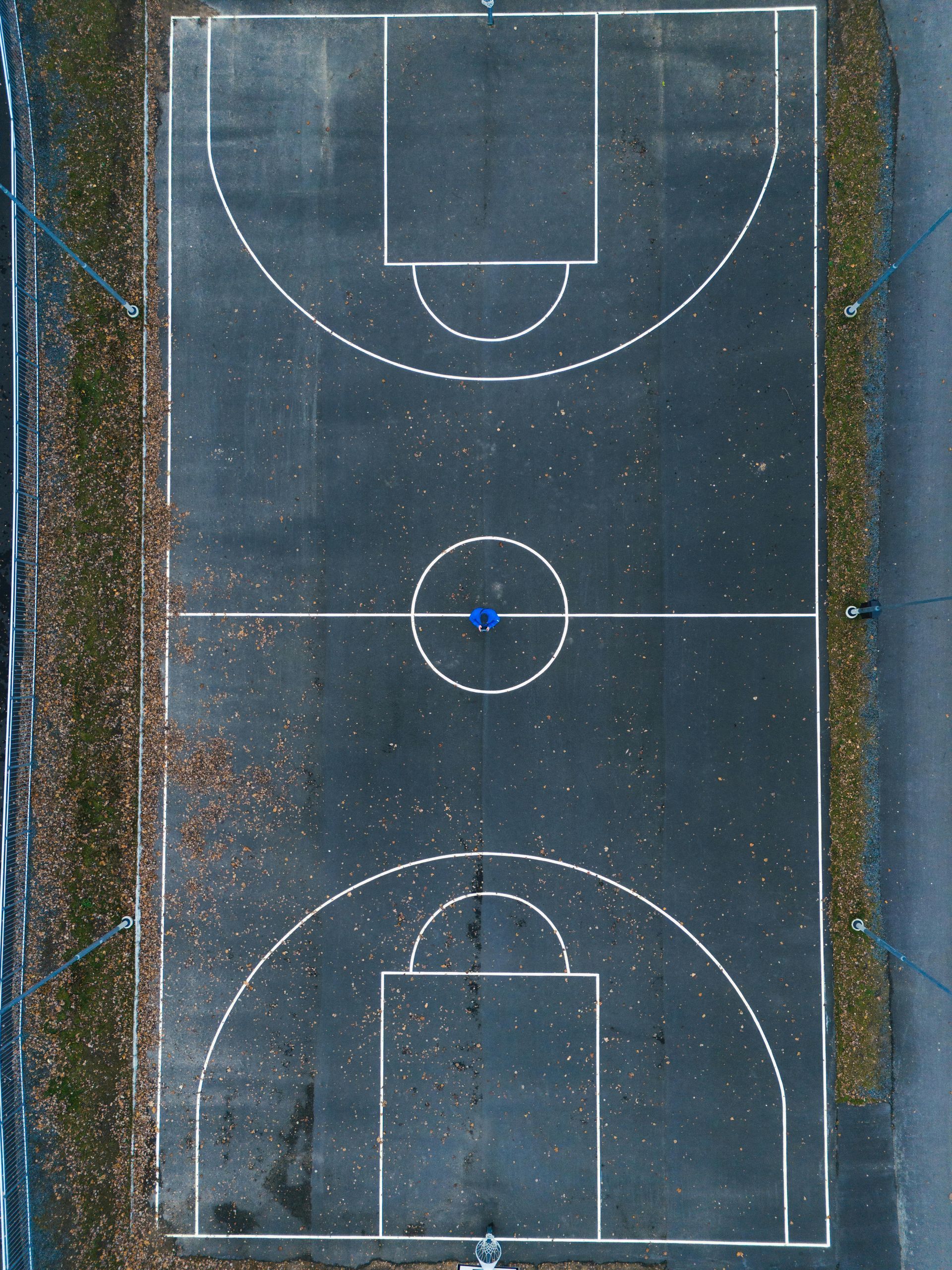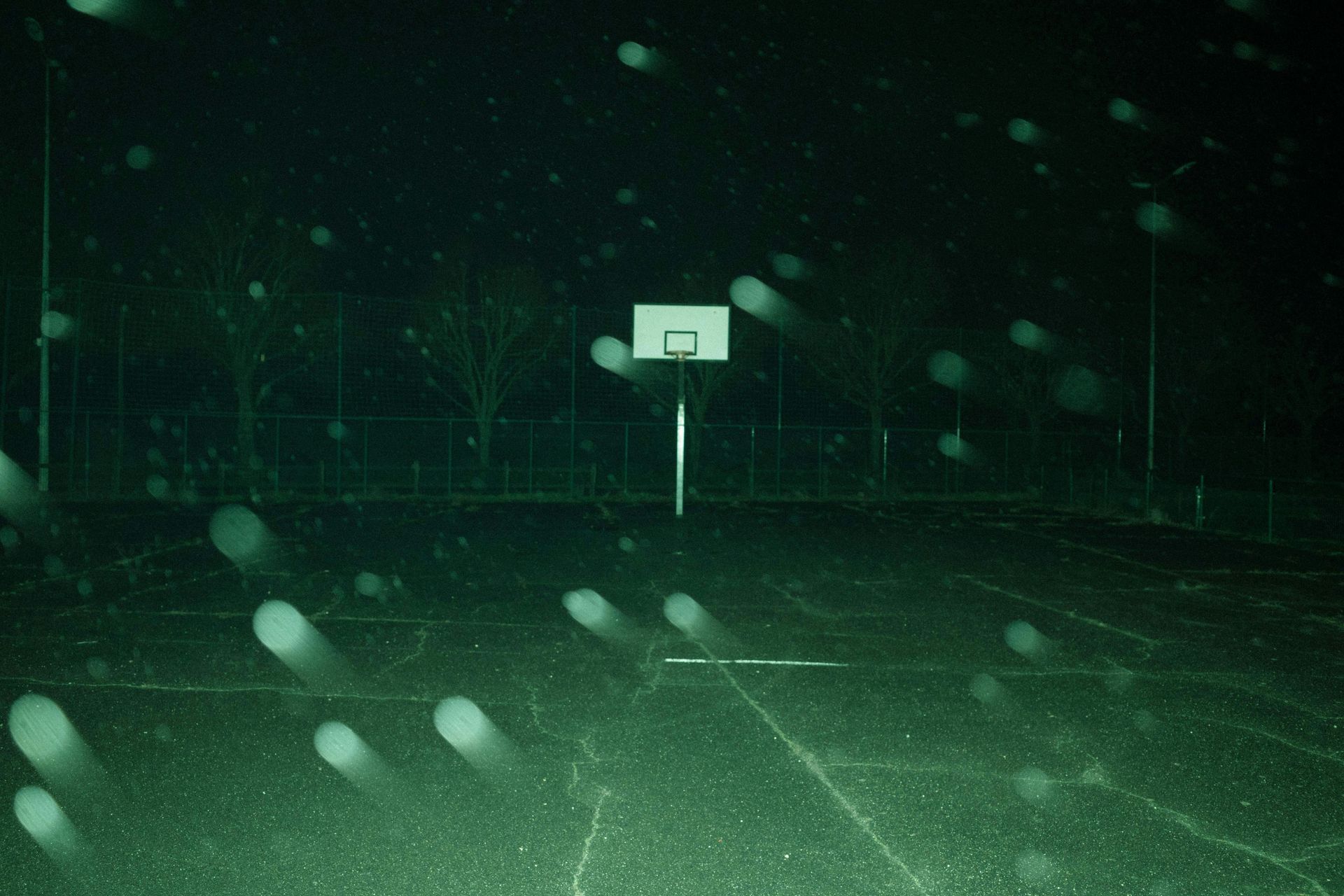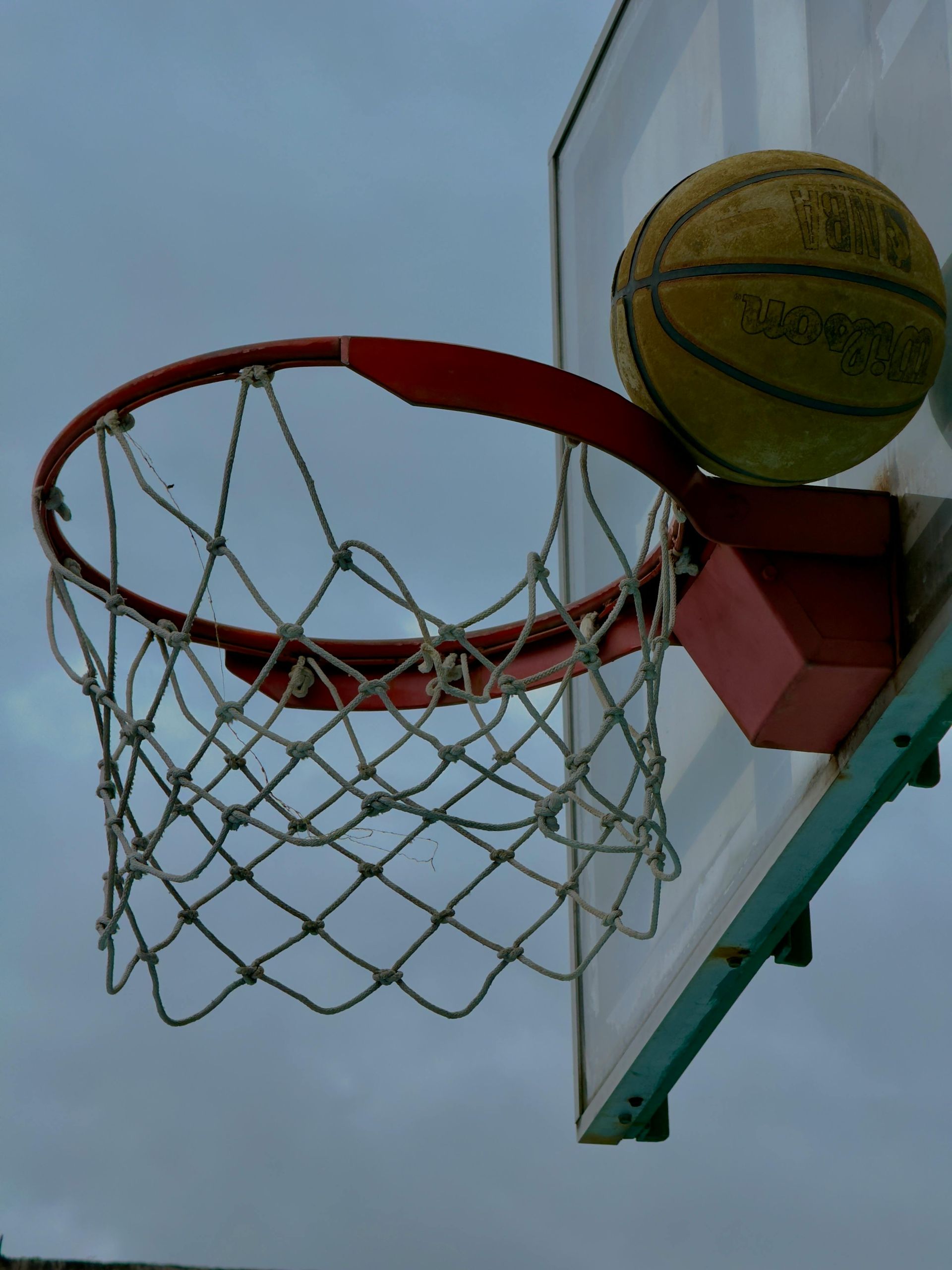Galen Harkness • June 23, 2025
How Paige Bueckers Scores in the Midrange: 5 Footwork Moves Players Can Learn
The midrange jumper isn’t flashy—but it can help win games.
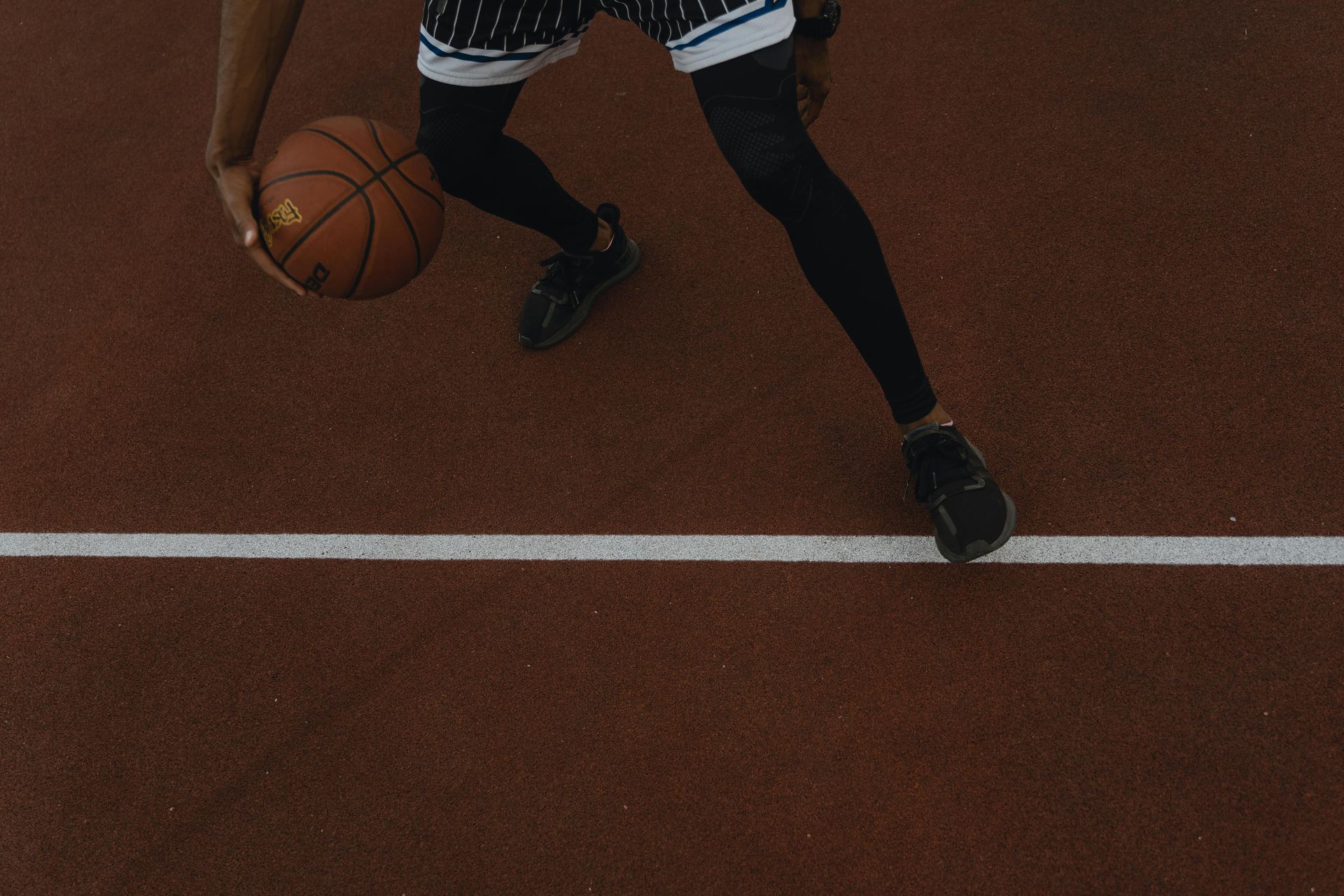
The midrange jumper isn’t flashy—but it wins games.
It’s a weapon when defenders take away the rim and the three.
And Paige Bueckers? She’s a master of it.
We broke down 6 clips of Paige scoring from midrange.
What stood out wasn’t just her shot.
It was her footwork.
Great footwork gives you balance, control, and space.
It helps you make shots. It helps you make plays.
Here are 5 different ways Paige used her feet to get open.
1. Off the Catch – Step Hop
She catches the ball and hops into her shot in one smooth motion.
This helps her get balanced and shoot quickly.
Why it matters: It’s fast. It works when you don’t have time to set up.
2. Hop into the Shot – Ball in the Air, Feet in the Air
Before the ball even gets to her, she’s in the air, ready to land and shoot.
This move is about timing and rhythm.
Why it matters: It helps you stay in rhythm and shoot on time.
3. Reverse Pivot
She catches, reads the defender, and uses a reverse pivot to face up.
Now she’s squared up and ready.
Why it matters: It helps you create space and stay calm under pressure.
4 & 5. 1-2 Step or Stride Stop
She drives hard, then plants her feet—right-left or left-right—into her shot.
Why it matters: It gives you balance and helps you stop on a dime.
6. Step into a Hop – Off the Dribble
She uses a step, then hops into her jumper. It’s smooth and quick.
Why it matters: It helps you go from dribble to shot without losing rhythm.
What Can Players Learn?
Footwork is a skill. You can practice it. You can master it.
Different moves work in different spots. Learn them all.
It’s not about being flashy. It’s about being balanced and in control.
What Can Coaches and Parents Do?
Teach kids how to stop, pivot, and shoot—not just run and gun.
Watch film with them. Ask: “How did she create space here?”
Help players try one new footwork move each week.
Final Thought:
You don’t have to play like Paige Bueckers to learn from her.
Watch. Learn. Practice.
Great players aren’t just born.
They build their game one skill at a time.
Want to Improve Even More? EYG Can Help.
If you’re ready to grow your game, EYG offers three ways to help players take the next step:
Camps
– High-energy, focused sessions to develop essential basketball skills.
Large Group Training
– Like our Committed Skills Academy, where players train weekly with structure, feedback, and intensity.
Training Memberships
– These are for serious and committed players who are ready to invest time and effort to improve over the long term.
Camps and group training opportunities can be found at www.eygbball.com.
To learn more about Training Memberships, email us directly at galen@eygbball.com.
These are for dedicated players who want to train consistently and develop high-level habits.
Extra training is one of the best ways to grow your basketball IQ, sharpen your skills, and build the confidence to play your best in games.
Whenever you're ready, we're here to guide the next step in your development.
